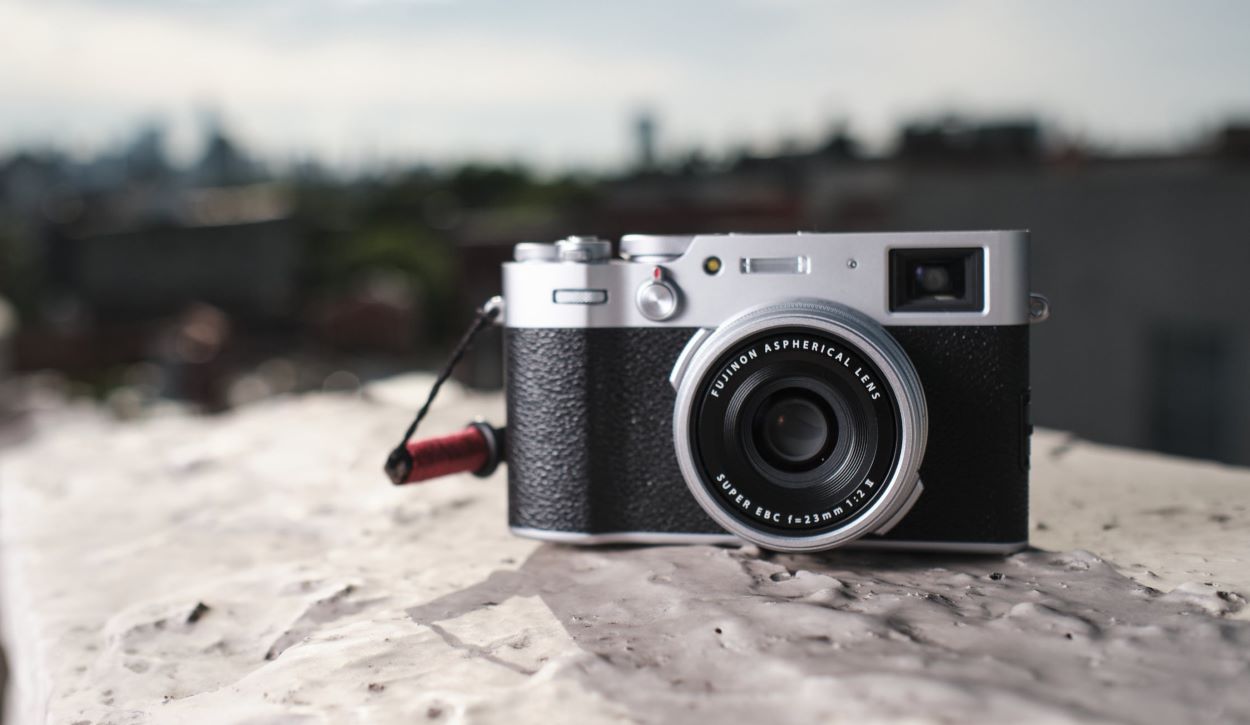Fujifilm cameras have grown in popularity, largely driven by TikTok’s influence. Historically, Fujifilm shifted its focus from cameras to healthcare, yet the TikTok community’s enthusiasm for the company’s retro X100 digital cameras has boosted its financial performance.
The demand for the $1,599 X100V model has surged, particularly among younger audiences who value the camera’s aesthetic and advanced functionalities. This resurgence led the imaging division to account for 37% of Fujifilm’s operating profit in fiscal 2023, an increase from 27% the previous year. Despite doubling production, the company faces challenges in meeting the high demand.
Yujiro Igarashi, manager of Fujifilm’s professional imaging group, noted the unexpected scale of the demand. The company’s strategic increase in production, particularly in China, was a response to the product selling out the previous year. However, specifics regarding the scale of the increase or unit sales remain undisclosed.
Fujifilm’s evolution is a tale of adaptation and resilience. Founded 90 years ago, it competed with Kodak, overtaking it in 2001 before the film industry’s decline with the rise of digital cameras. The company then leveraged its chemical expertise to enter the healthcare sector, which included significant layoffs and a shift in production to China.
During the pandemic, Fujifilm intensified its focus on healthcare, developing antiviral pills and vaccines. However, the resurgence in camera sales has brought its imaging division back into the limelight, although projected growth in this area is expected to slow to 2.2% in fiscal 2024.
The X100 series, launched in 2011, was a strategic move to invigorate Fujifilm’s camera division. Its design, reminiscent of traditional film cameras, appeals to those nostalgic for the tactile experience of photography.
Read: World’s Largest Digital Camera Set for Installation in Chile for Astronomy Project
As global travel resumed post-pandemic, the demand for durable, aesthetically pleasing cameras grew. Influencers across various platforms have turned the Retro X100 into a cultural icon, underscoring its dual role as a functional device and a fashion statement.
However, challenges such as product availability and high resale prices persist. Fujifilm’s CEO, Teiichi Goto, has expressed a strategy of maintaining scarcity to preserve the brand’s premium status, similar to tactics used by Germany’s Leica.
The constraints in production stem from the retro X100’s intricate design and manufacturing complexity, making rapid scaling difficult. This situation may prompt potential customers to consider alternatives like Canon’s G7X or Ricoh’s GR series, which continue to evolve with market trends.






